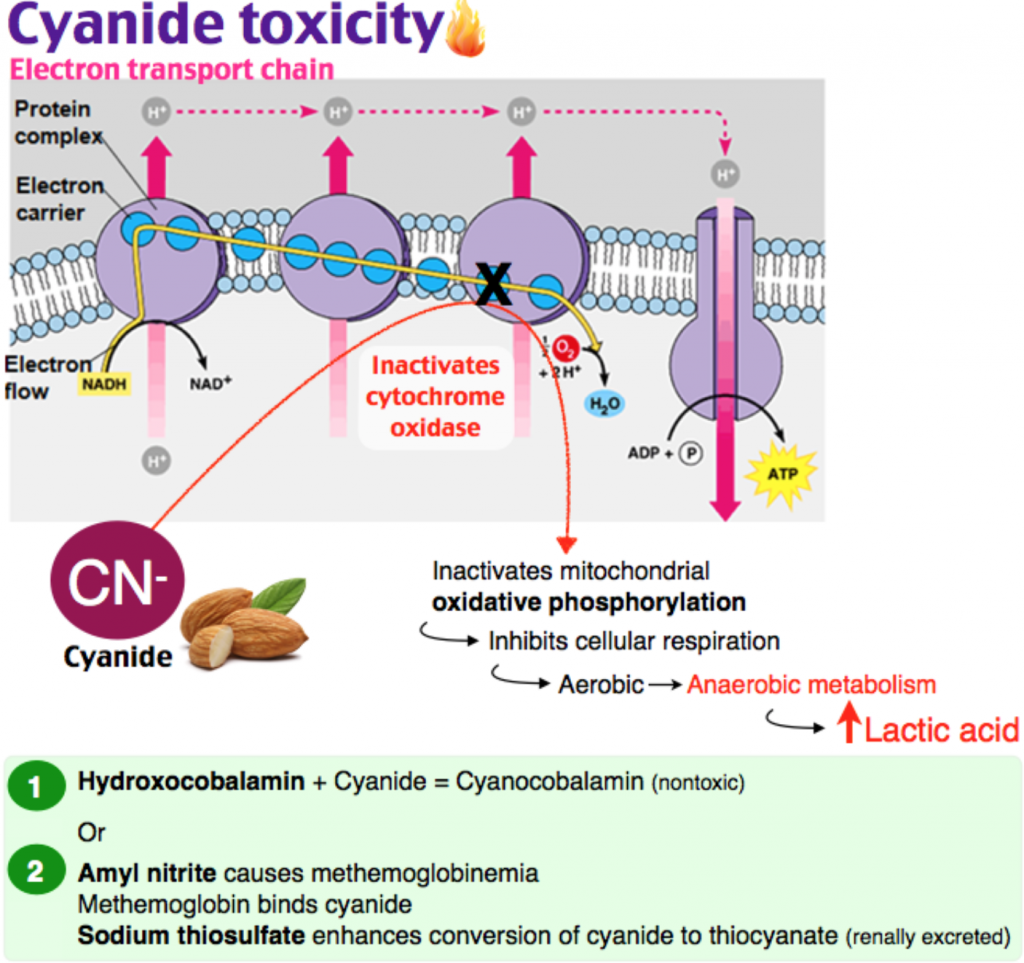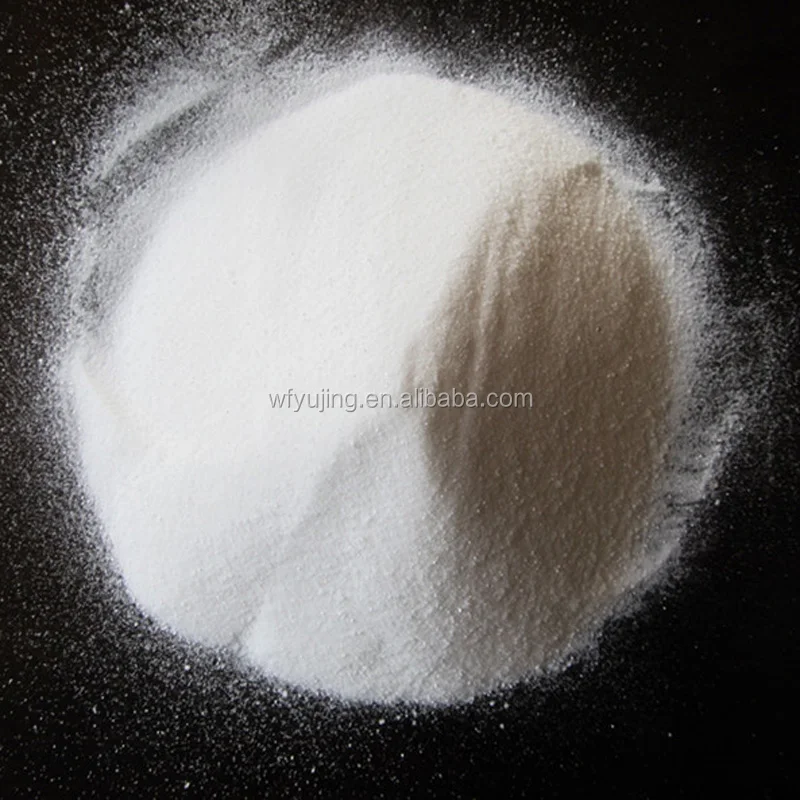

Poisons like cyanide can be a deadly weapon for poachers, allowing them to kill dozens of animals without needing access to firearms or the backing of criminal syndicates. The resulting antidote works prophylactically to prevent or limit toxicity associated from exposure to cyanide. Hydroxocobalamin is an antidote that seems to have many of the characteristics of the ideal cyanide antidote: rapid onset of action, neutralizes cyanide without interfering with cellular oxygen use, tolerability and safety profiles conducive to prehospital use, safe for use with smoke-inhalation victims, not harmful when administered to non-poisoned patients, easy to administer. Source: As poachers poison wildlife, Zimbabwe finds an antidote in tougher laws. Further development, including efficacy in lethal cyanide animal models, will be reported at a later date. When combined in animal models, the Minnesota and UCSD antidotes work synergistically against cyanide poisoning and are being developed as combination therapy by the above teams. Their report describes discovery of a substance, sulfanegen TEA, "which should be amenable for development as an IM injectable antidote suitable for treatment of cyanide victims in a mass casualty setting. Patterson's team thus sought an antidote that could be administered by intra-muscular (IM) injection, a simpler procedure that could be administered rapidly to a large number of victims or even be self-administered. Cyanide poisoning is a hazard in many enclosed-space fires, and its occurrence in smoke-inhalation victims may be underestimated.

In a situation involving mass casualties, only a limited number of victims could be saved. Cyanide, however, is a fast-acting poison. That procedure requires highly trained paramedical personnel and takes time. Patterson, Ph.D., and colleagues at the University of Minnesota Center for Drug Design explain that the only existing antidotes for cyanide-recognized as a high-risk substance for potential use by terrorists-must be administered by intravenous infusion.


 0 kommentar(er)
0 kommentar(er)
